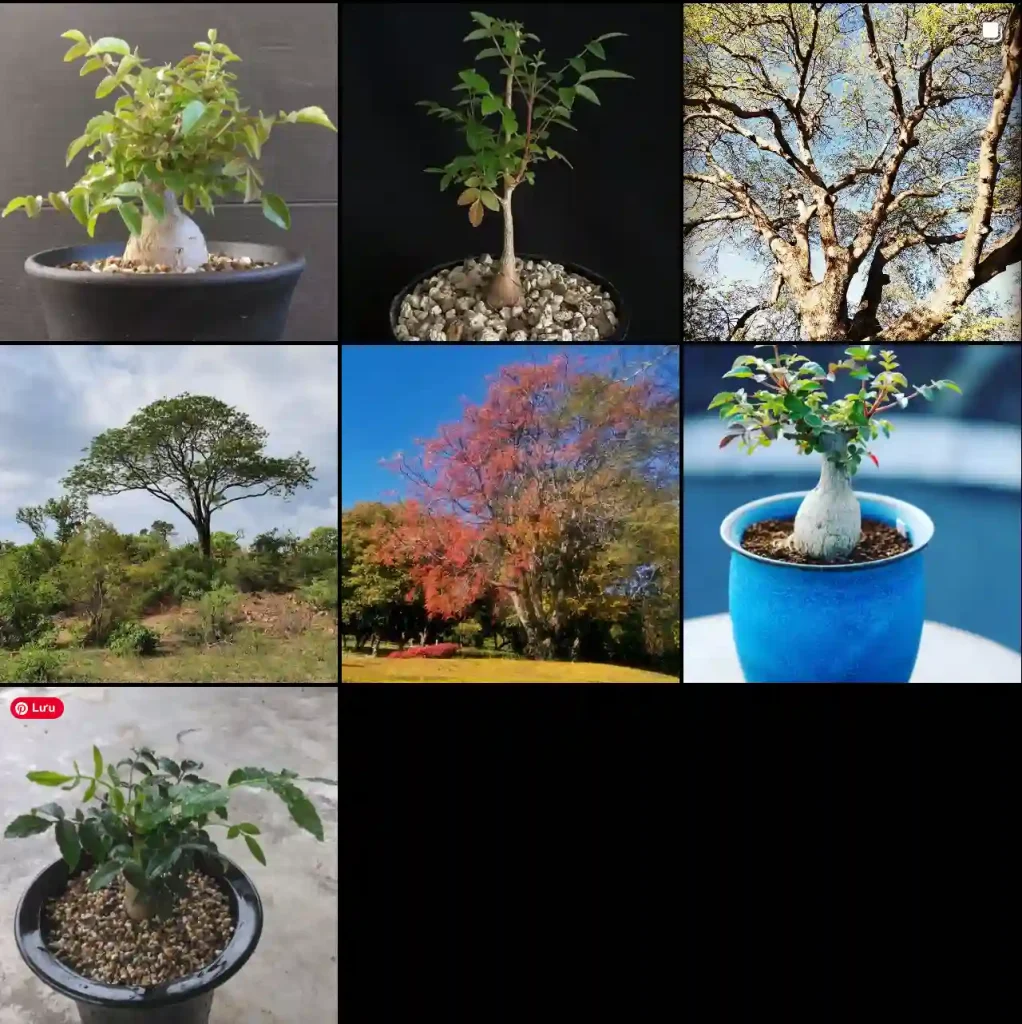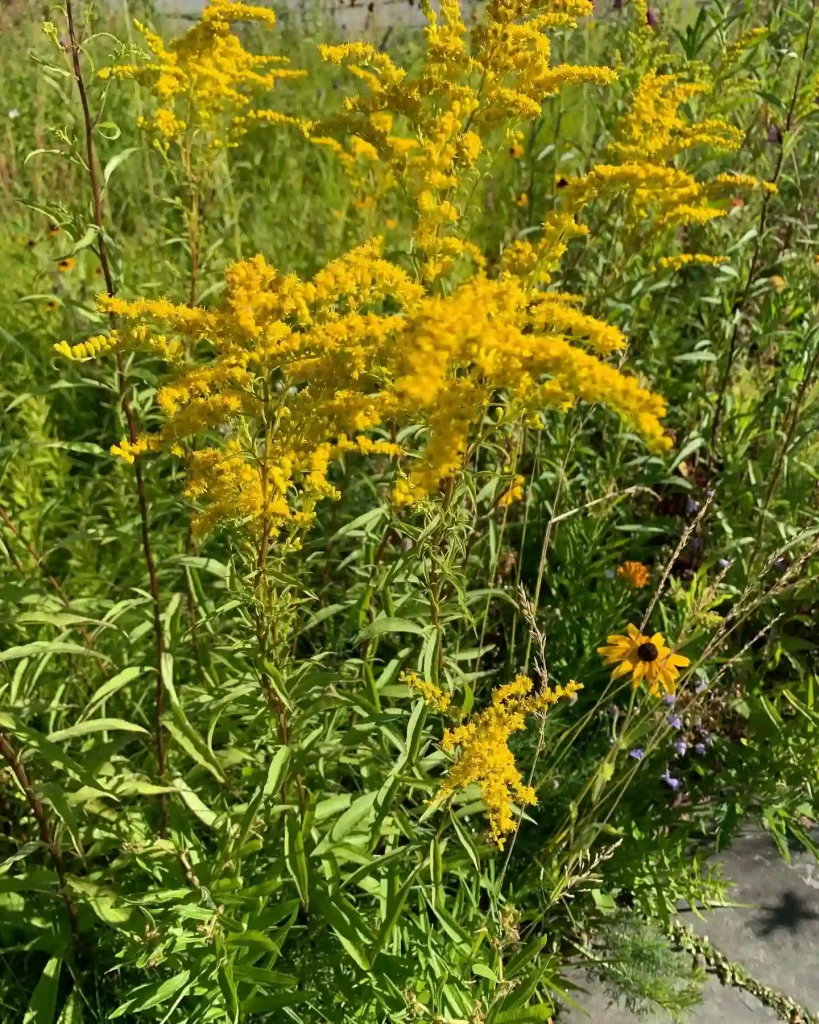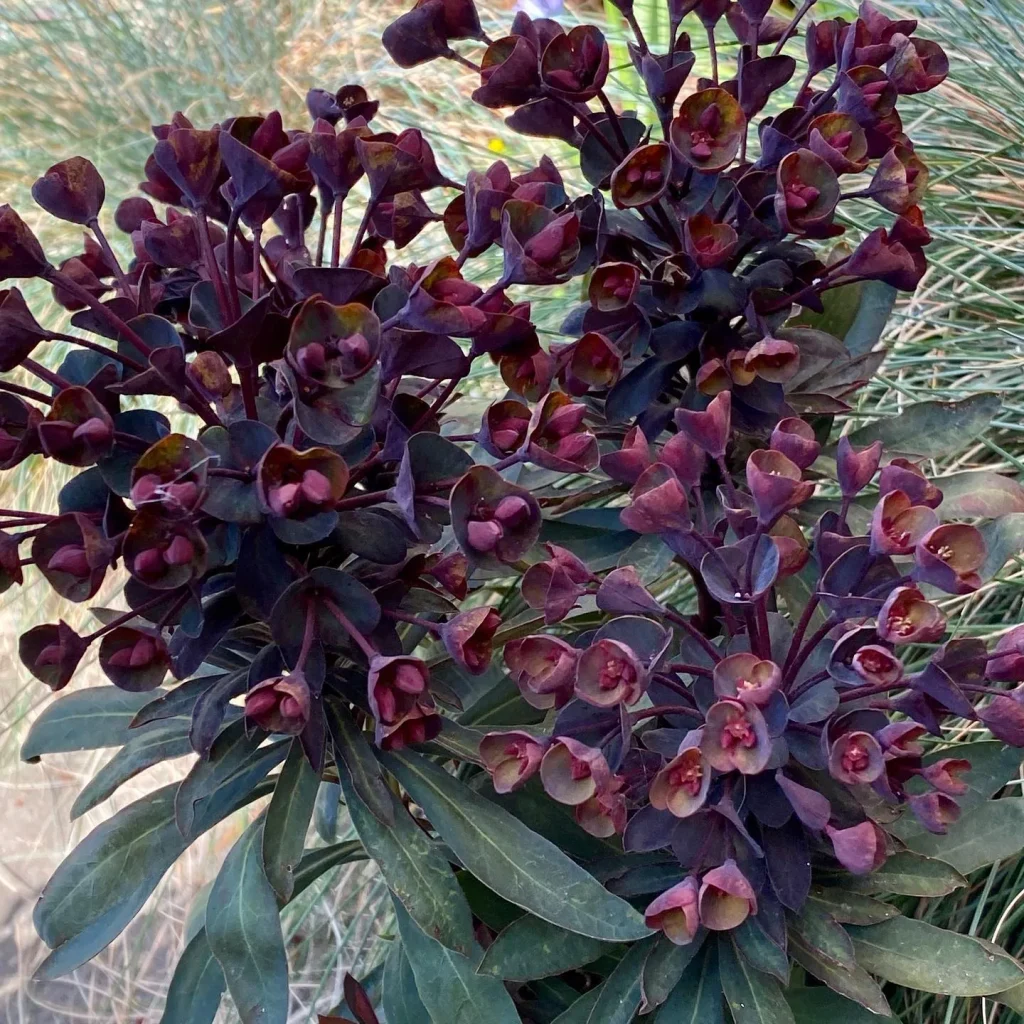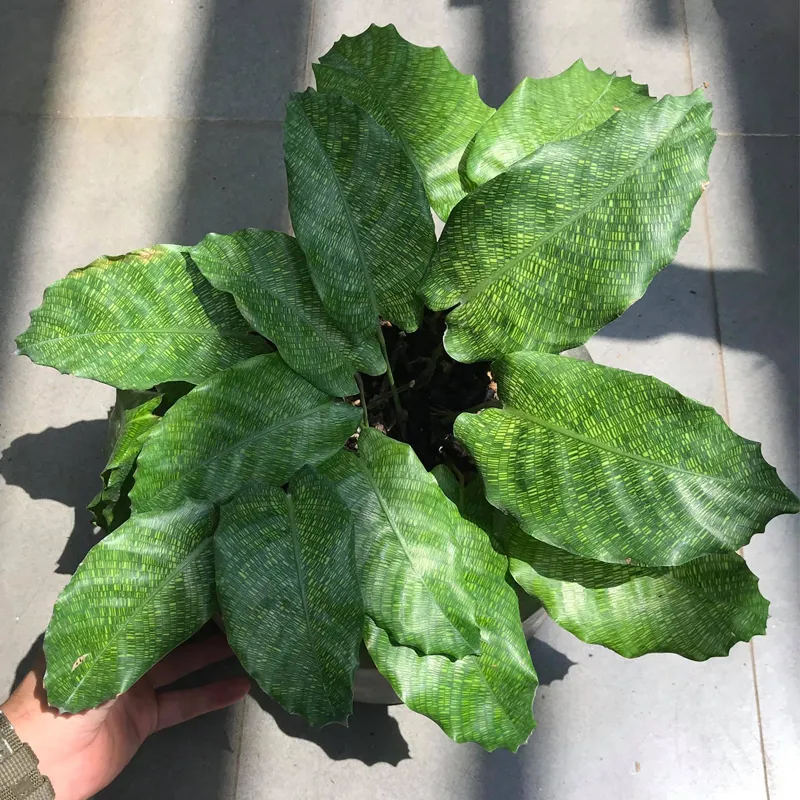An Encounter with the Unassuming Phrymaceae
The botanical world is a treasure trove of biodiversity, and every so often, one stumbles upon a hidden gem that sparks curiosity and wonder. For me, Ferb Vu, that gem was the Phrymaceae family, a group of flowering plants that, though relatively small, boasts a fascinating evolutionary history and a surprising range of ecological adaptations.
A Family of Few
The Phrymaceae family, also referred to as the lopseed family, comprises a mere handful of genera, with estimates ranging from three to five depending on taxonomic classification. These include:
- Phryma: The namesake genus, known for its distinctive lopsided flowers
- Mimulus: Commonly known as monkeyflowers, recognized for their vibrant colors and diverse forms – 7 Species in Genus Mimulus
- Erythranthe: Formerly classified under Mimulus, encompassing certain monkeyflower species
- Glossostigma: Small, creeping plants found in aquatic or moist environments – 6 Species in Genus Glossostigma
- Cyrtandromoea: A genus of herbs or subshrubs in the Gesneriaceae family, native to Central and South America, known for their colorful, tubular flowers and often hairy leaves.
- Diplacus: A genus of flowering plants in the Gesneriaceae family, native to western North America, commonly known as monkeyflowers, recognized for their showy, two-lipped flowers.
- Elacholoma: A genus of perennial herbs in the Gesneriaceae family, found in Central and South America, with fleshy leaves and small, tubular flowers.
- Hemichaena: A genus of shrubs or small trees in the Gesneriaceae family, native to Central and South America, characterized by their bell-shaped flowers and often colorful fruits.
- Leucocarpus: A genus of herbs or subshrubs in the Gesneriaceae family, found in Central and South America, with white or pale-colored, tubular flowers.
- Microcarpaea: A genus of small, annual herbs in the Gesneriaceae family, widely distributed in tropical and subtropical regions, known for their tiny, inconspicuous flowers.
- Mimetanthe: A monotypic genus in the Gesneriaceae family, containing the single species Mimetanthe pilosa, a perennial herb endemic to Madagascar, with small, white flowers.
- Mimulicalyx: A small genus of herbs in the Gesneriaceae family, native to South America, with distinctive, calyx-like bracts surrounding the flowers.
- Peplidium: A genus of small, annual herbs in the Gesneriaceae family, found in Australia and New Zealand, with delicate, white or pink flowers.
- Thyridia: A genus of herbs or subshrubs in the Gesneriaceae family, native to South America, with unique, shield-shaped flowers.
- Uvedalia: A monotypic genus in the Gesneriaceae family, containing the single species Uvedalia macrostegia, a perennial herb native to southeastern United States, with showy, yellow flowers.
While modest in number, these genera showcase a remarkable array of morphological and ecological diversity, making the Phrymaceae family a captivating subject of botanical study.
From the Tropics to the Tundra
The geographic distribution of the Phrymaceae family spans a wide range of habitats, from tropical rainforests to temperate grasslands and even Arctic tundra. This adaptability is a testament to their evolutionary resilience and their ability to thrive in diverse environmental conditions.
Monkeyflowers, for instance, are renowned for their ability to colonize disturbed habitats, such as roadsides, stream banks, and even mine tailings. Their rapid growth and prolific seed production make them successful pioneers in areas where other plants struggle to establish themselves.
The Allure of Adaptation
One of the most intriguing aspects of the Phrymaceae family is the range of adaptations exhibited by its members. From the specialized pollination mechanisms of monkeyflowers to the unique seed dispersal strategies of lopseeds, these plants have evolved fascinating ways to ensure their survival and reproduction.
Monkeyflowers, for example, display a remarkable diversity of floral forms and colors, attracting a wide range of pollinators, including bees, butterflies, hummingbirds, and even bats. Some species even exhibit self-pollination as a backup strategy in case cross-pollination fails.
A Family in Flux
The Phrymaceae family has undergone significant taxonomic revisions in recent years, with the advent of molecular phylogenetics shedding new light on their evolutionary relationships. The reclassification of certain monkeyflower species into the genus Erythranthe is a prime example of this ongoing process.
As our understanding of plant evolution deepens, the boundaries and composition of the Phrymaceae family may continue to evolve. However, one thing remains certain: this unassuming group of plants holds a wealth of botanical wonders waiting to be discovered.
The Legacy of Lopseeds
For me, the encounter with the Phrymaceae family was a reminder of the boundless beauty and complexity of the natural world. Even the most seemingly insignificant plants can harbor extraordinary stories of adaptation, evolution, and ecological significance.
As I continue to explore the botanical realm, I will carry with me the lessons learned from the lopseeds and their kin: that diversity is the spice of life, that adaptation is the key to survival, and that even the smallest players can make a big impact on the grand stage of nature.
If i die, water my plants!



